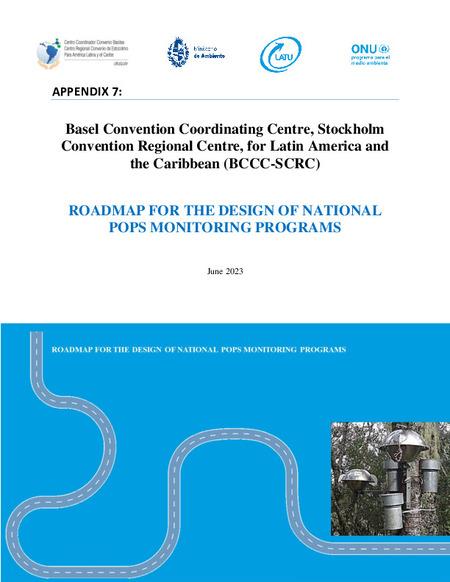| dc.contributor | Industry and Economy Division | en_US |
| dc.contributor.author | United Nations Environment Programme | en_US |
| dc.contributor.other | Bolívar, Ana Patricia Martínez | en_US |
| dc.contributor.other | Manuweera, Gamini | en_US |
| dc.coverage.spatial | Latin America and the Caribbean | en_US |
| dc.date.accessioned | 2024-09-25T04:48:20Z | |
| dc.date.available | 2024-09-25T04:48:20Z | |
| dc.date.issued | 2023-06 | |
| dc.identifier.uri | https://wedocs.unep.org/20.500.11822/46313 | |
| dc.description | Many authors establish that environmental monitoring refers to systematic sampling of air, water, soil, and biota in order to observe and study the environment, as well as to derive knowledge from this process. UNECE definition established that: Environmental monitoring is a tool to assess environmental conditions and trends, support policy development and its implementation, and develop information for reporting to national policymakers, international forums, and the public. | en_US |
| dc.format | pdf | en_US |
| dc.language | English | en_US |
| dc.relation.ispartof | Training Report: Capacity Building on POPs Monitoring in Biota and Abiotic Matrices in the Africa, Asia, Pacific and GRULAC Regions | |
| dc.rights | Public | en_US |
| dc.subject | persistent organic pollutant | en_US |
| dc.subject | monitoring | en_US |
| dc.title | Appendix 7: Roadmap for the Design of National POPs Monitoring Programs | en_US |
| dc.type | Reports, Books and Booklets | en_US |
| wd.topics | Chemicals and Pollution Action | en_US |
| wd.identifier.pagesnumber | 50 p. | en_US |


